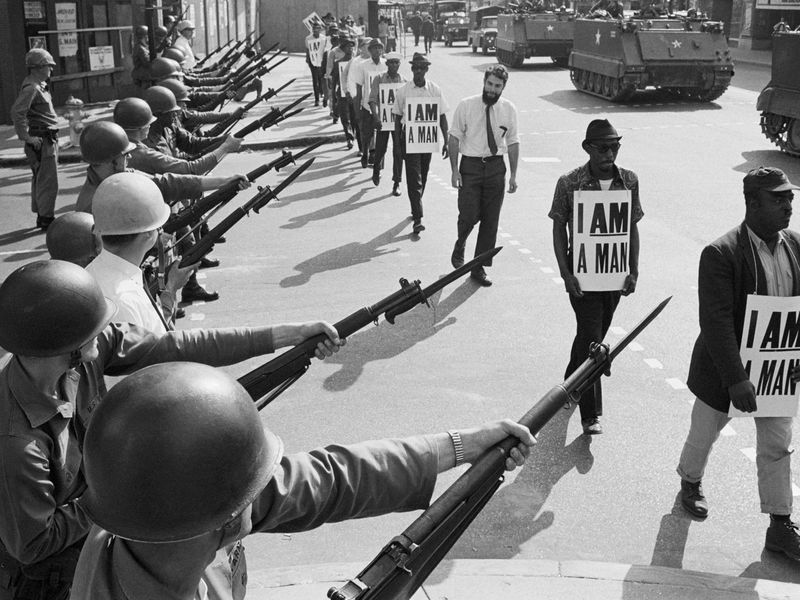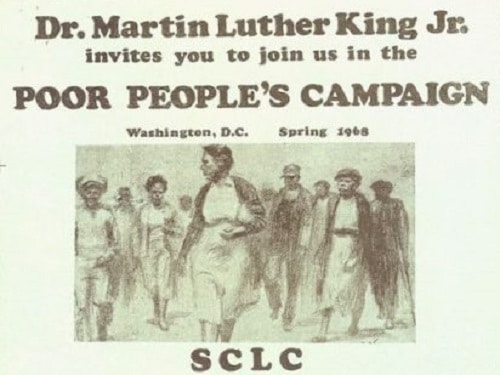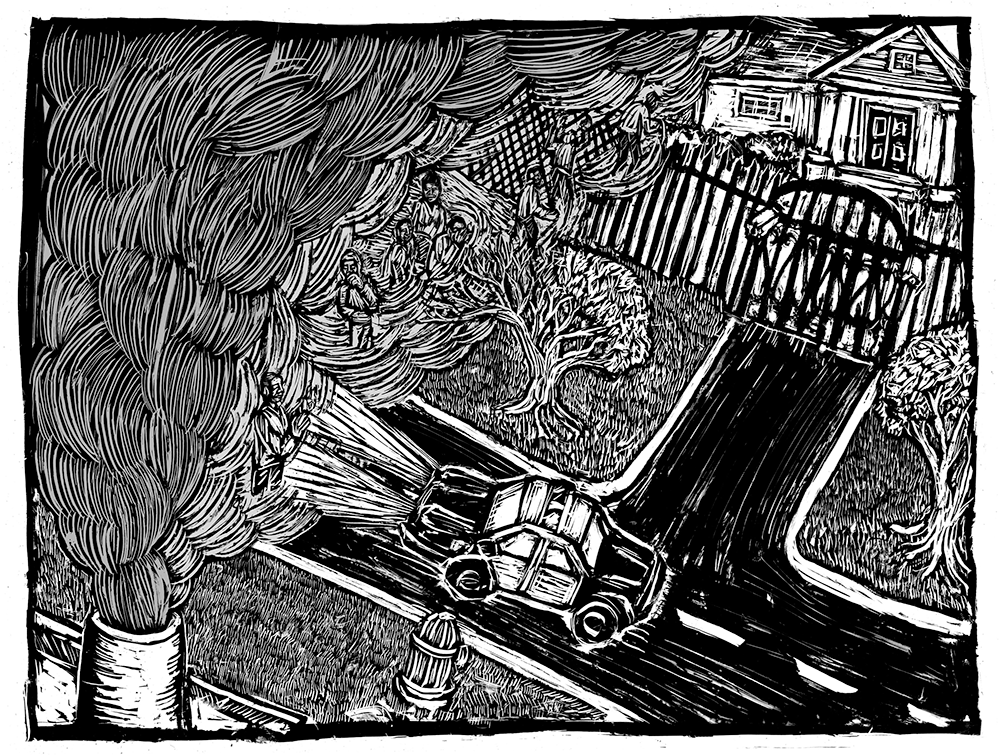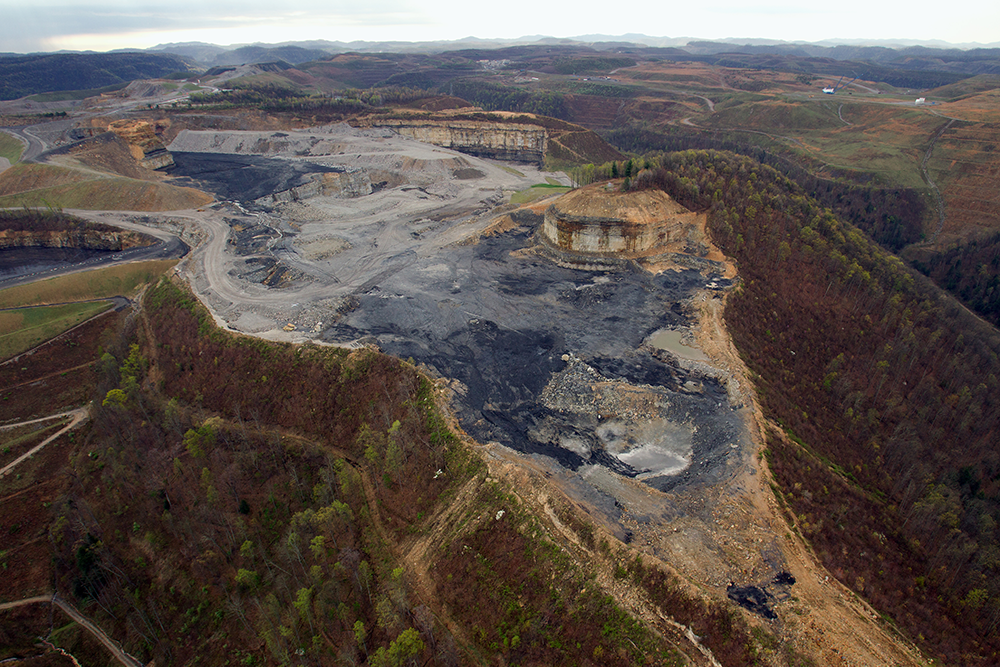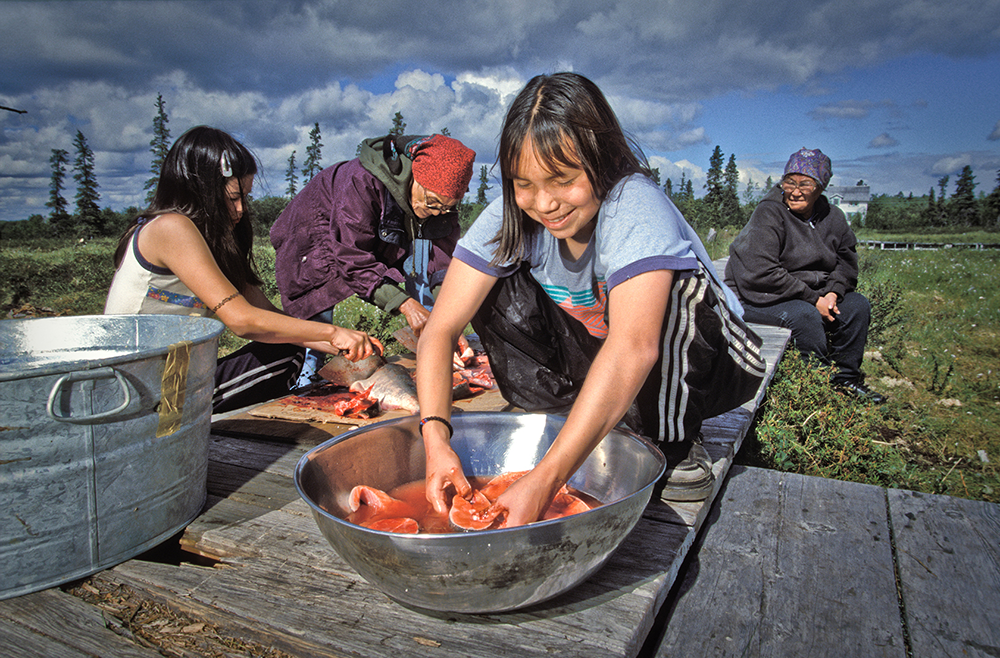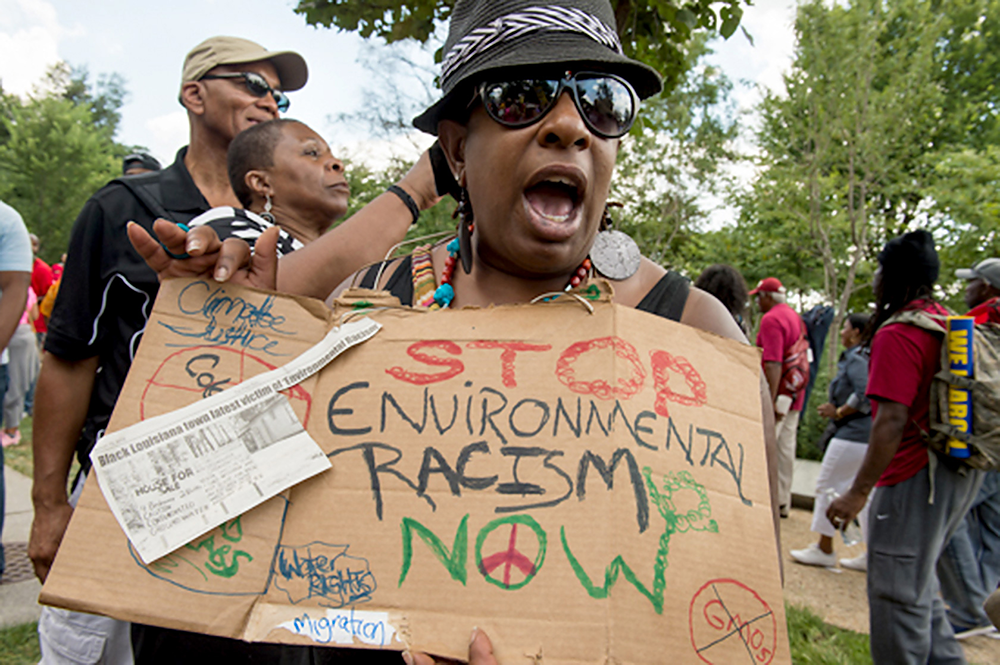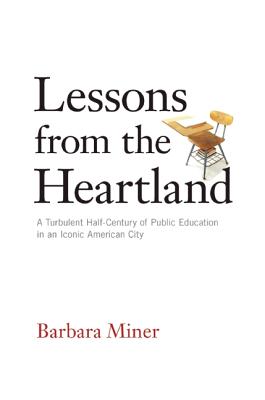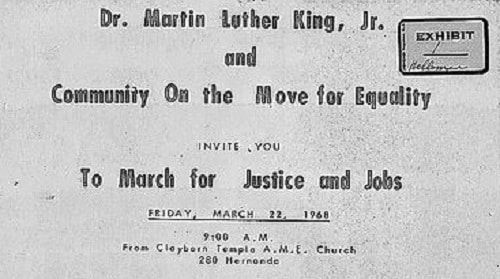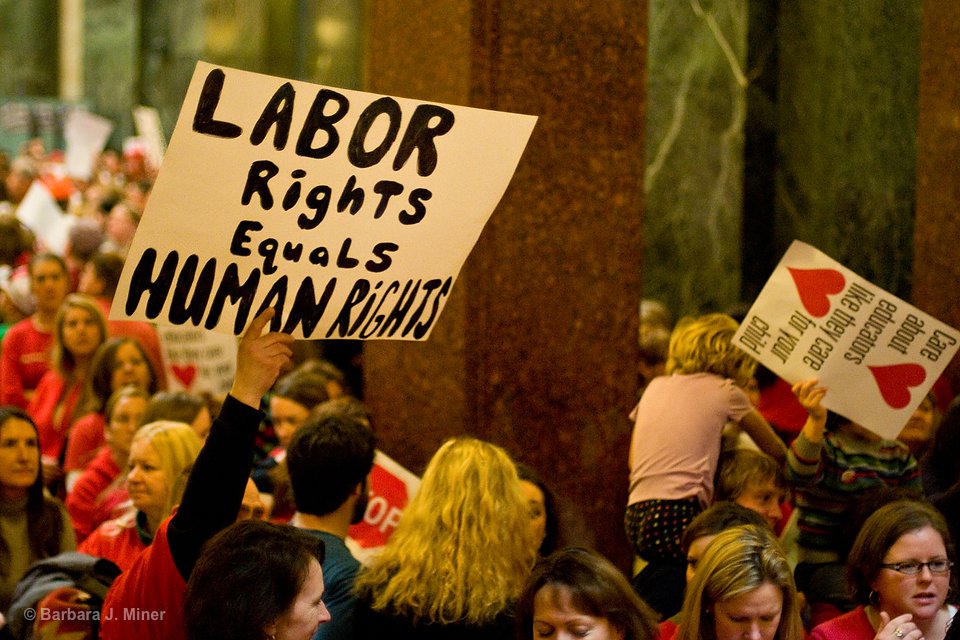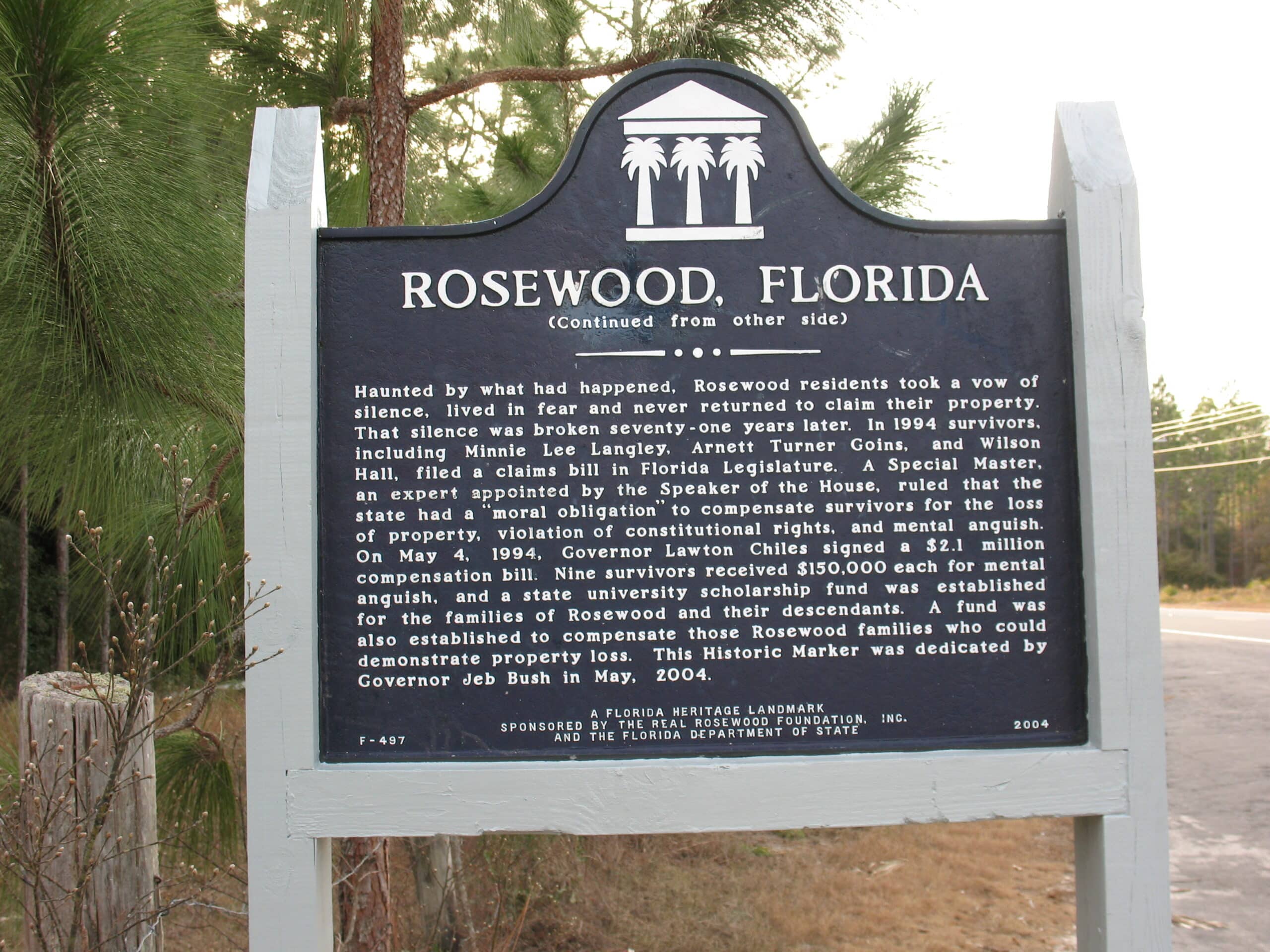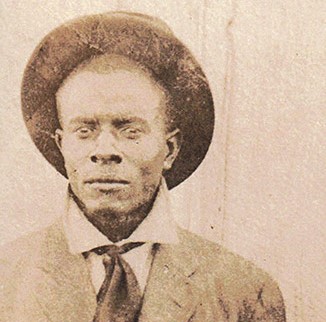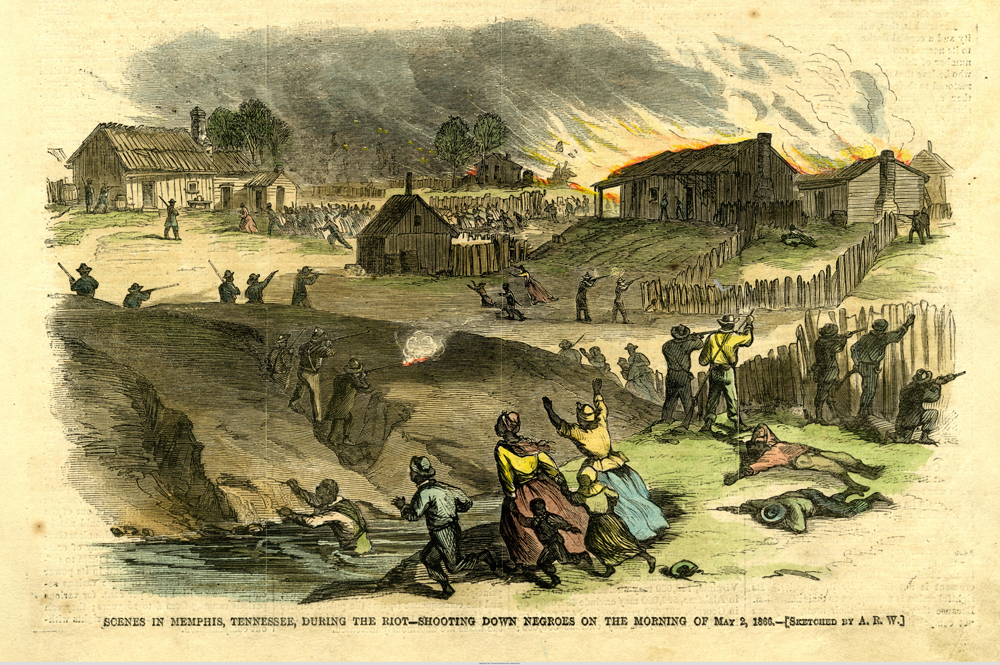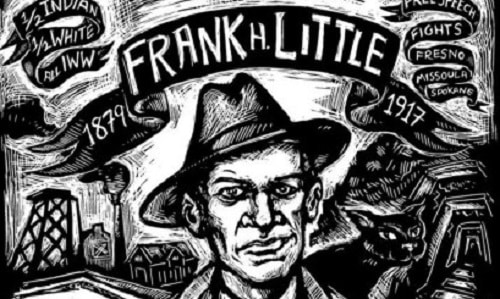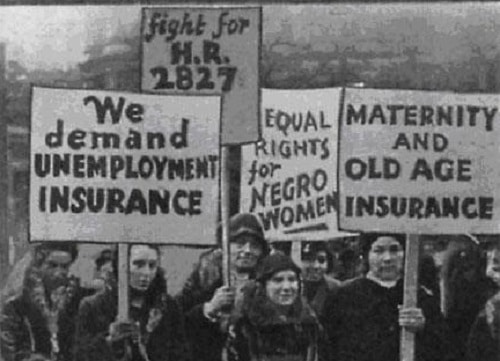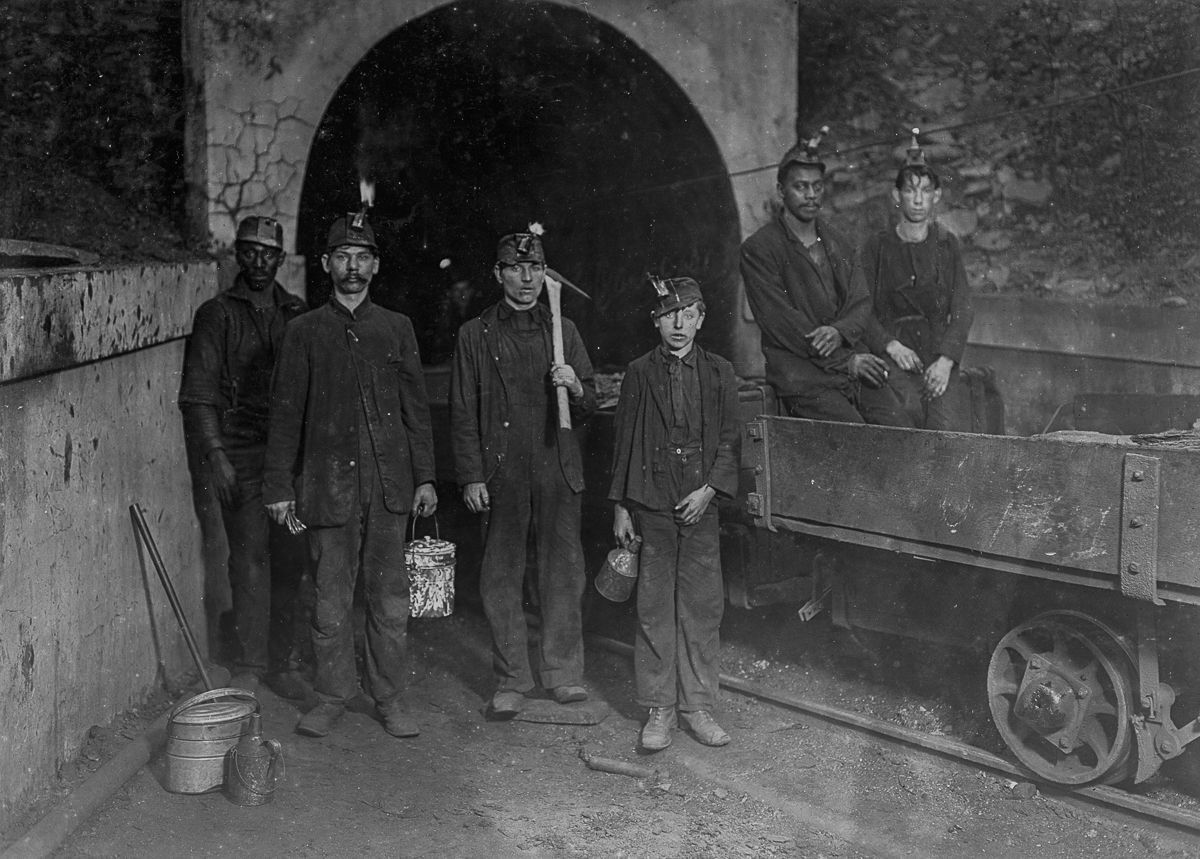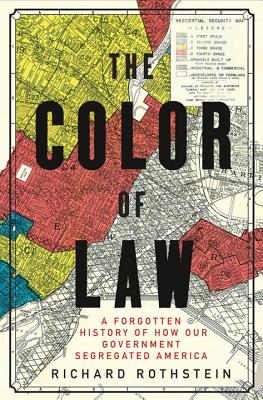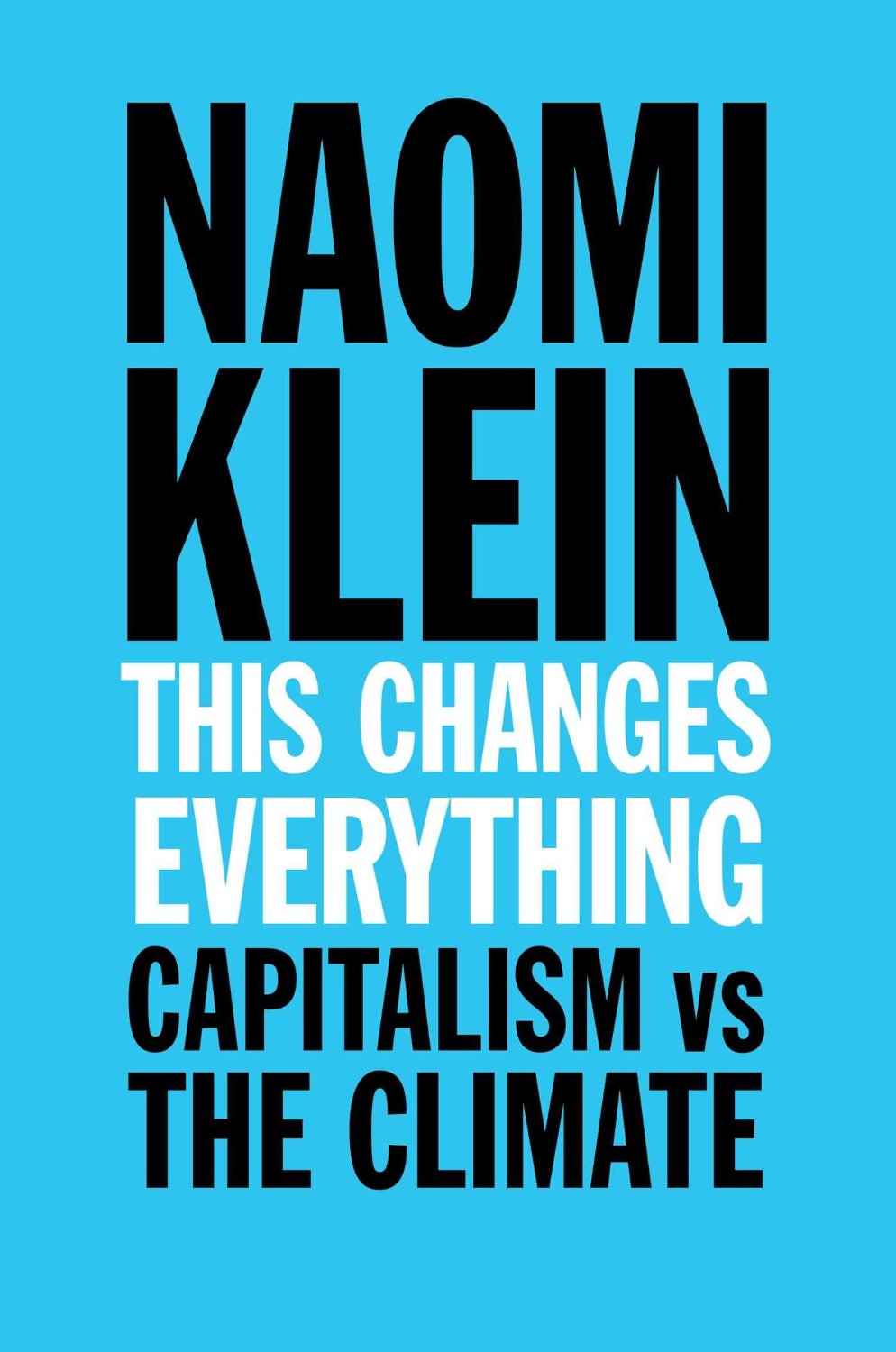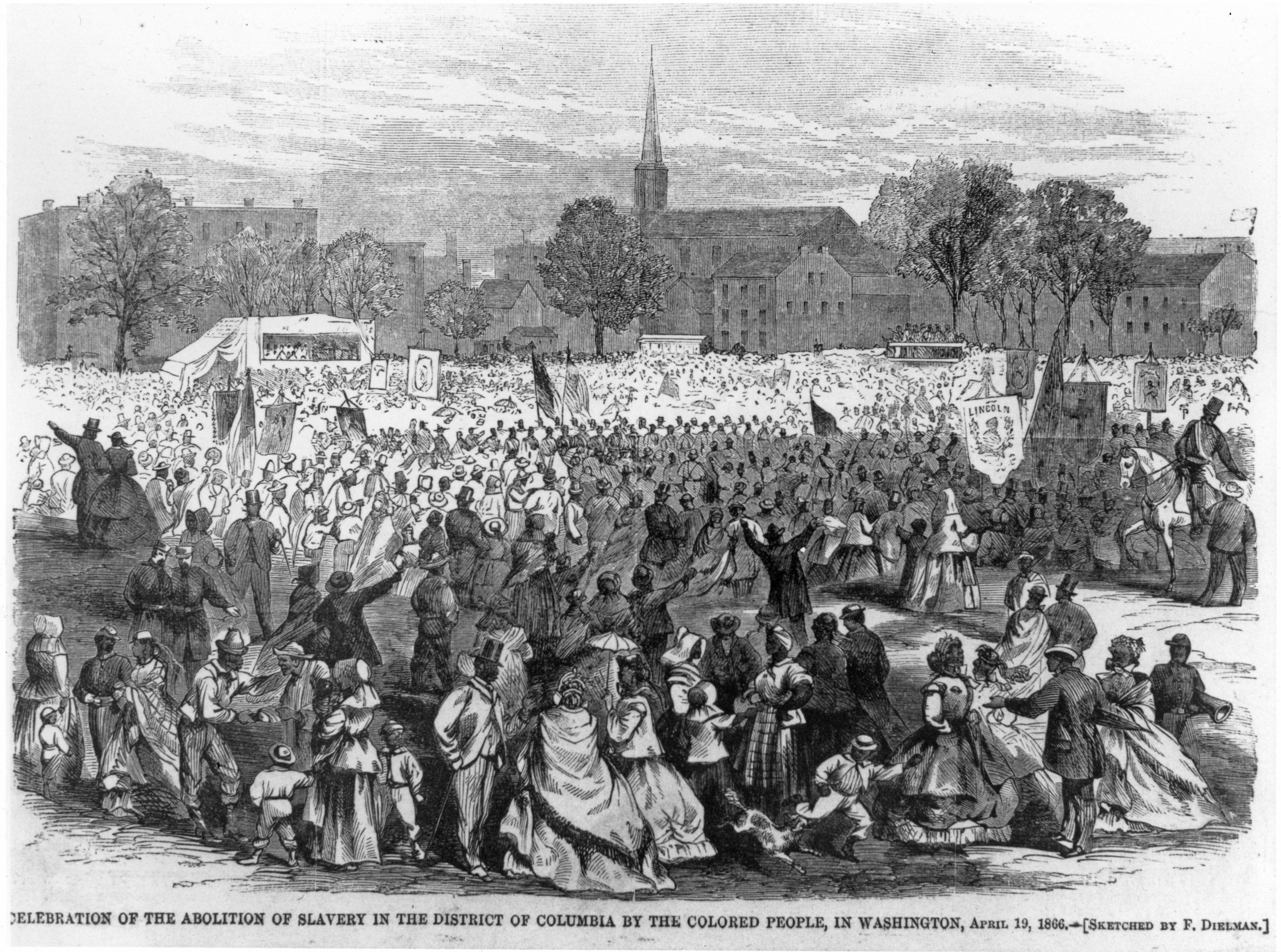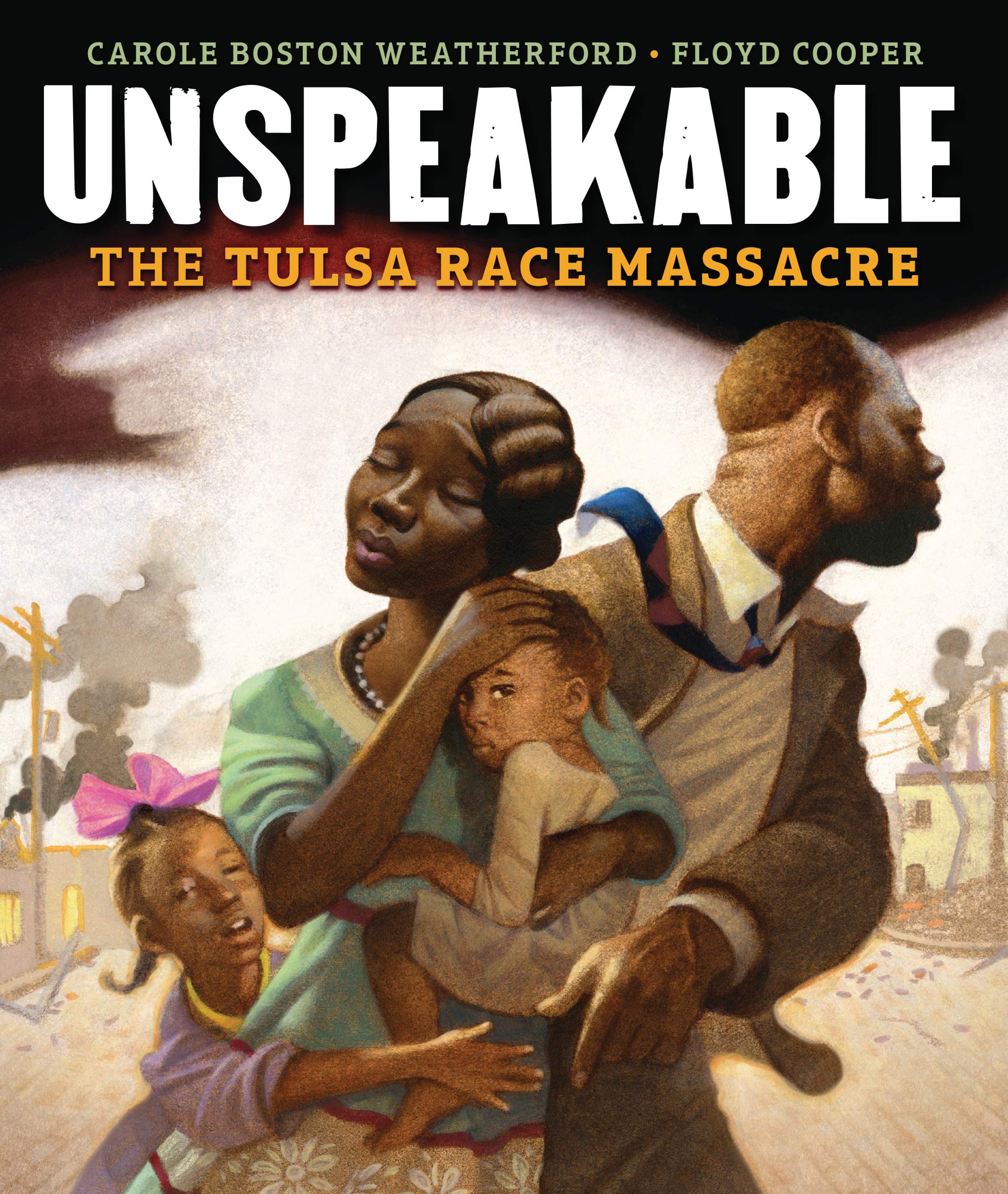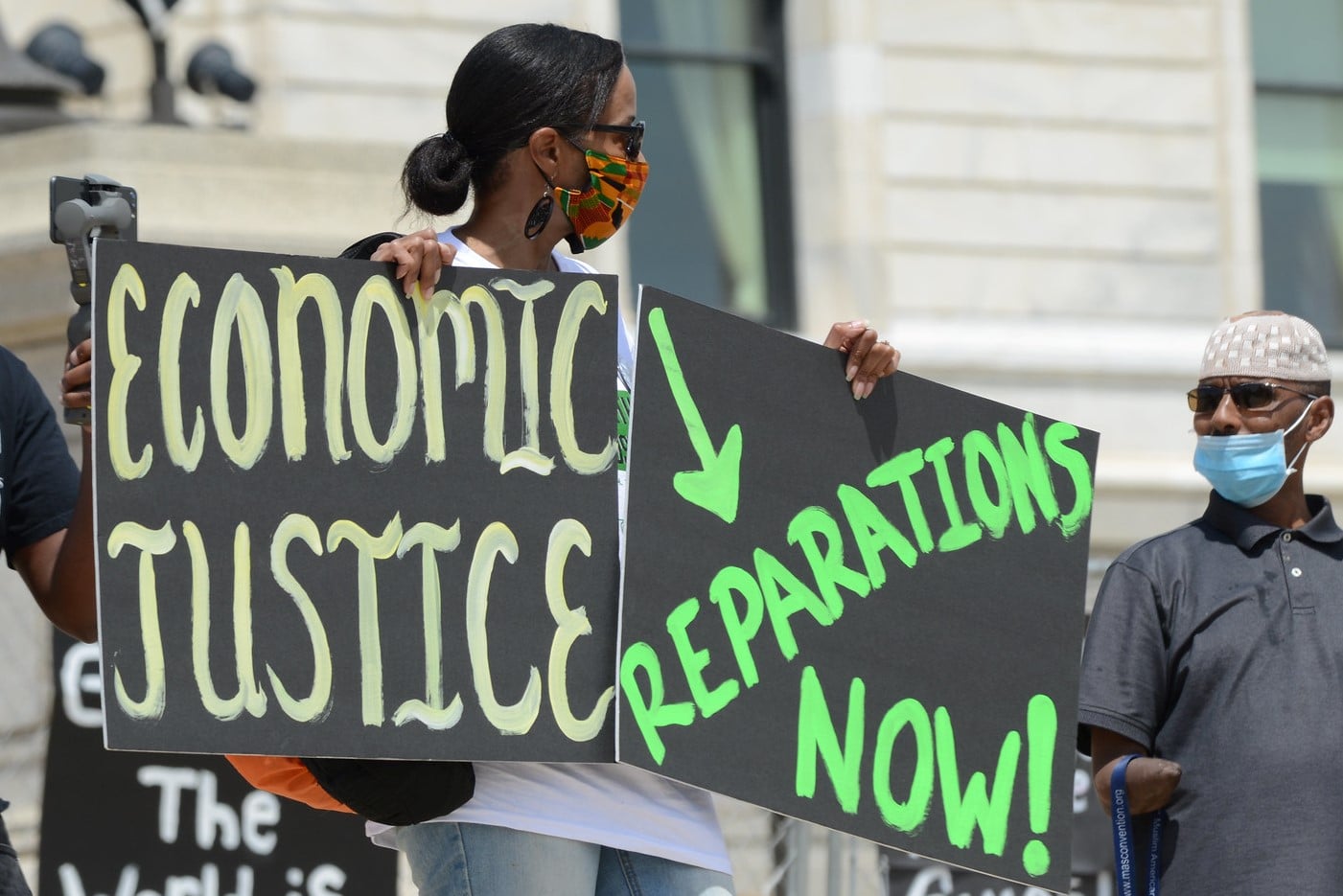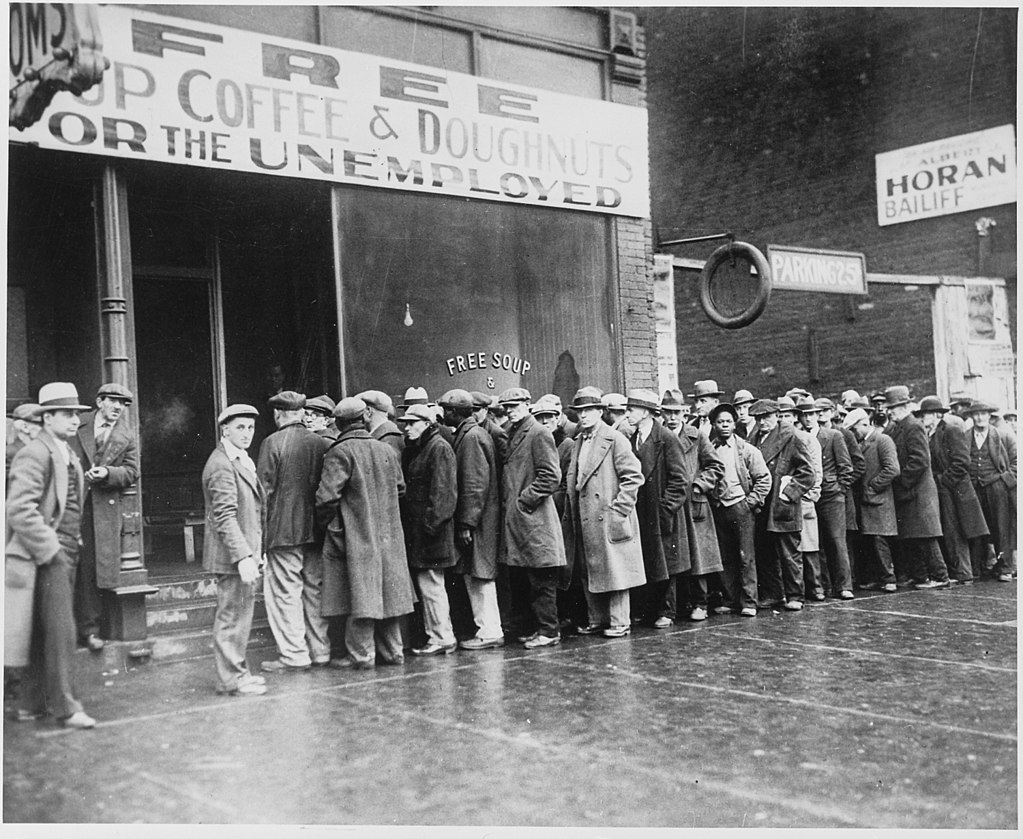Over 1,100 sanitation workers strike and march for better wages, conditions, and safety with Dr. Martin Luther King Jr. in Memphis, Tennessee.
Continue reading
The Poor People’s Campaign was a multiracial effort to gain economic justice for poor people.
Continue reading
Teaching Activity. By Rosemarie Frascella. Rethinking Schools.
Our extractive fossil fuel-based economy has always demanded that some people’s homes and health be sacrificed for the benefit of more privileged and powerful others. This article explores how one teacher engages her students in thinking about how “sacrifice zones” play out in their lives.
Continue reading
Article. By Hannah Jones.
The global movement to get institutions to divest from fossil fuels began with students. This article tells the inspiring story.
Continue reading
Article. By Jill Howdyshell.
The author describes how climate change is hitting Indigenous communities in Alaska much harder than other places in the world. And yet, administrators still insist that school discussions should focus on student test scores.
Continue reading
Teaching Activity. By Alma Anderson McDonald.
A teacher looks back on her childhood to discover the meaning of environmental racism. Linda Christensen offers ways to teach about this story with students.
Continue reading
Book — Non-fiction. By Barbara Miner. 2013. 305 pages.
The history of public education in Milwaukee in the context of the broader story of racism in the rust belt.
Continue reading
Dr. Martin Luther King Jr. and the Community on the Move for Equality called for a march in Memphis, Tennessee in solidarity with sanitation workers.
Continue reading
The Wisconsin Workers strike involved as many as 100,000 protesters opposing the 2011 Wisconsin Act 10.
Continue reading
White supremacists destroyed the Black town of Rosewood, Florida, and murdered many of its residents. Descendants have fought for reparations and recognition of the history.
Continue reading
Studs Terkel was an author, activist, historian, and broadcaster.
Continue reading
The Catcher “Race Riot” began in Arkansas, leading to the creation of another sundown town.
Continue reading
Martin Luther King Jr. delivered his speech in opposition to the Vietnam War, calling for a “revolution of values.”
Continue reading
White civilians and police killed 46 African Americans and injured many more while burning houses, schools, and churches in Memphis, Tennessee.
Continue reading
IWW labor organizer Frank Little was lynched from a railroad trestle.
Continue reading
Due to the results of the strength of organized labor and other mass movements of the 1930s, the Social Security Act was passed.
Continue reading
The end of fighting at the Battle of Blair Mountain, which was the largest example of class war in U.S. history.
Continue reading
Book — Non-fiction. By Richard Rothstein. 2017. 368 pages.
A history of the laws and policy decisions passed by local, state, and federal governments that promoted racial segregation.
Continue reading
Film. By Avi Lewis. 2015. 90 minutes.
Seven portraits of communities on the front lines of the climate crisis.
Continue reading
Book — Non-fiction. By Naomi Klein. 2015. 576 pages.
Naomi Klein tackles the war our economic model is waging against life on earth.
Continue reading
The federal government compensated the “owners” of enslaved people for their “loss of property.” The people whose labor and families were stolen for generations were not compensated nor given any assistance for the transition to freedom.
Continue reading
Picture book. By Carole Boston Weatherford and illustrated by Floyd Cooper. 2021. 32 pages.
This children's book centers the history of the thriving Black community of Greenwood before the 1921 Tulsa Massacre.
Continue reading
Teaching Activity. By Ursula Wolfe-Rocca.
In this activity, students take on the role of activist-experts to improve upon a Congressional bill for reparations for Black people. They talk back to Congress’ flimsy legislation and design a more robust alternative.
Continue reading
Chicken plant workers died when a preventable workplace “accident” trapped them in a burning building.
Continue reading
It’s times like these where we need to remember and learn from the last great world crisis of this magnitude — the Great Depression. Here are classroom lessons by high school teacher Adam Sanchez on the Great Depression and the New Deal.
Continue reading

